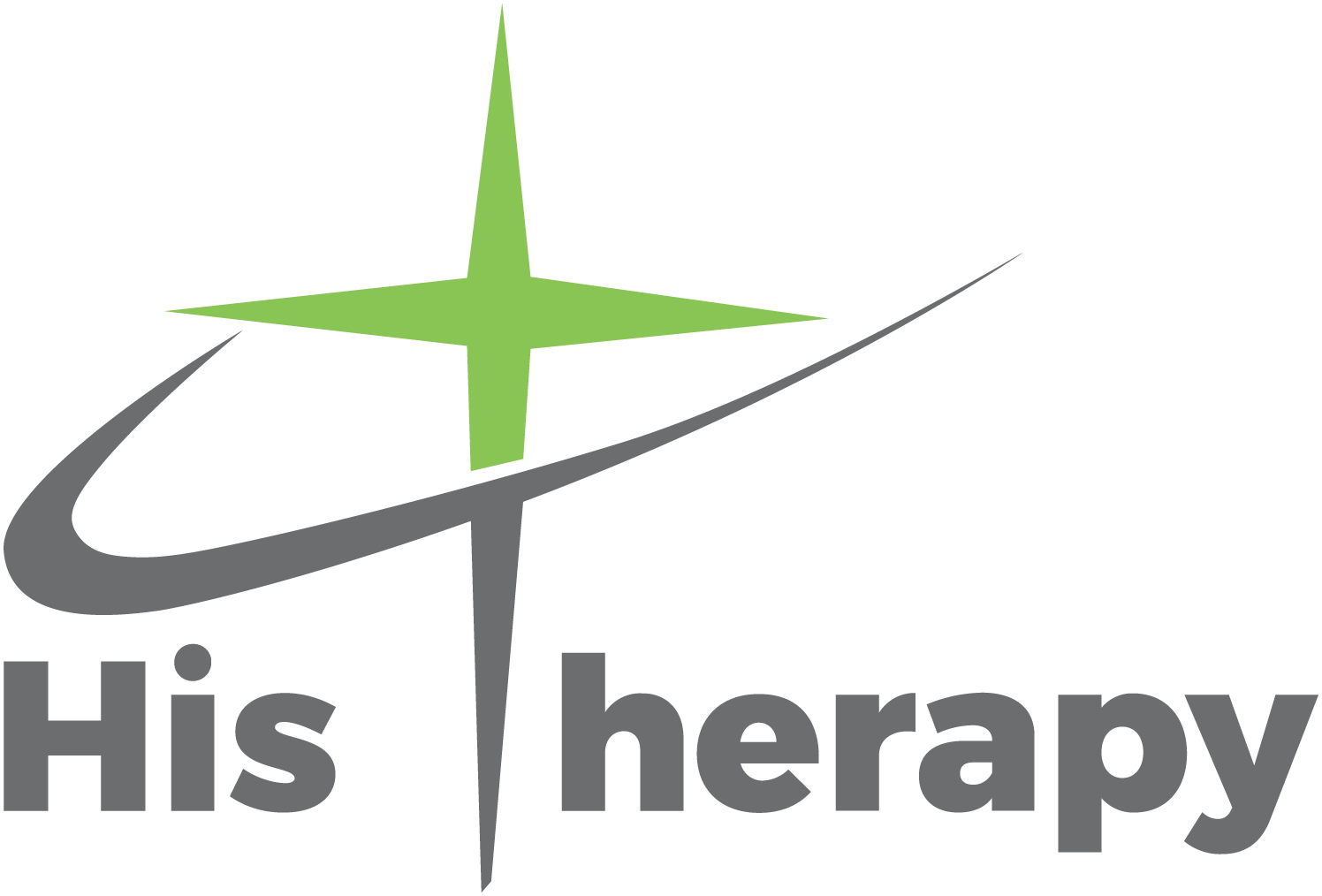Pelvic Floor Issues During and After Pregnancy
To all expectant or postpartum mommies.
Take care of your pelvic floor! Women who have had multiple births, instrumental births, severe perineal tearing or large babies are often at a greater risk for pelvic floor muscle damage. The pelvic floor muscles can sometimes become too loose and weak. This is a common problem for women because of pregnancy and childbirth. Pelvic floor dysfunction due to pregnancy and delivery can cause stress incontinence, urge incontinence and/or lower back pain. Extra pressure on the pelvic floor muscles can effect proper function, elasticity and strength of these bands of muscle tissue. Pelvic floor muscles work to support your womb, bladder and bowel. Strain on these muscles can result in pelvic floor dysfunction, bladder leakage, constipation, and sexual dysfunction. However, they can be successfully restrengthened with pelvic floor muscle training. Julie Janes, a pelvic floor physical therapist in Arlington, Va, says, “In France, women receive ten sessions [with a physical therapist] starting in the hospital after every vaginal delivery.” Many women seek pelvic floor physical therapy throughout the duration of their pregnancy and many achieve easier deliveries, faster recovery, and less pelvic floor dysfunction symptoms. Check out the article linked below in the Washington Post.
https://www.washingtonpost.com/local/social-issues/a-hidden-epidemic-millions-of-women-suffer-pelvic-floor-disorders-silently/2015/12/22/f5997966-a6d5-11e5-b53d-972e2751f433_story.html?noredirect=on&utm_term=.1ff44a6209c9
